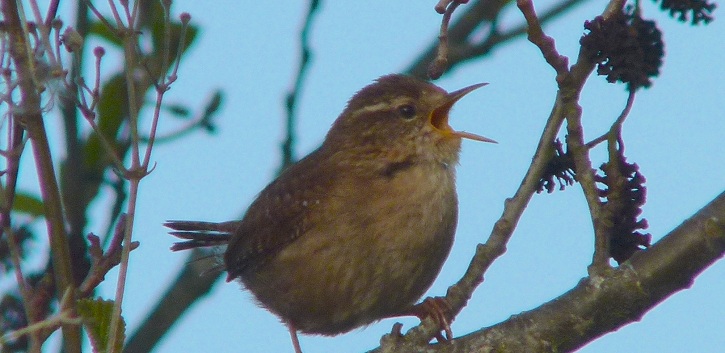2013 Press Releases
Folklore and Traditions of the Christmas Season

‘Holly’ is derived from the English word ‘holy’ and it is believed that the holly’s red berries and prickly leaves are said to symbolize Christ’s sufferings.
According to UCC alumnus Dáithí Ó hAodha (MA 2009) the fact that holly is evergreen and has red berries in winter means that it has been associated with Christmas and the New Year for centuries. The purpose of it being used to decorate houses is to protect the inhabitants from evil spirits during the season.
Holly features in St Stephen’s Day customs about the wren boys. The best known custom is that the wren boys went from house to house with a wren that they had caught and killed, attached to a holly bush decorated with ribbons.
The rhyme associated with the ‘Wren’ mentions furze rather than holly but this varied from one part of the country to the next.
‘The wren, the wren, the king of all birds, on Stephen’s Day was caught in the furze
‘Up with the kettle and down with the pan, Give us a penny to bury the wran.
In spite of the rhyme holly was generally the more popular bush used by ‘wren boys’.
The central theme of the wrenboy visit is the wren, an effigy of which is carried about in a holly branch or in cage. It was hunted and killed prior to St Stephen's Day and a matter of honour for groups to have a real bird.
Why, of all birds, is the inoffensive little wren chosen as the martyr for display by groups who take their name from it? Some claim that it was the cause of treachery. When the Irish forces were about to catch Cromwell’s troops by surprise, a wren perched on one of the soldiers drums made a noise that woke the sleeping sentries just in time, thereby saving the camp.
Another explanation is that it 'betrayed St Stephen, the first Christian martyr, by flapping its wings to attract his pursuers when he was hiding'. It is also claimed that the hostility towards this little bird results from the efforts of clerics in the middle ages to undermine traditions of druidic reverence and practices regarding the bird.
The Irish word for wren’ is dreolín, as derived from 'dreán' or 'draoi éan' the translation of which is 'druid bird'.
One of the most interesting legends is that Cliona, a woman of the otherworld, seduced young men to follow her to the seashore. Here they drowned in the ocean into which she enticed them. Eventually a charm was discovered that, not only protected against her wiles, but could also bring about her destruction. Her only method of escape was to turn herself into a wren. As a punishment for her crimes she was forced to take the shape of the little bird on every succeeding Christmas Day and fated to die by human hand. Hence the seemingly barbarous practice of hunting the wren.
